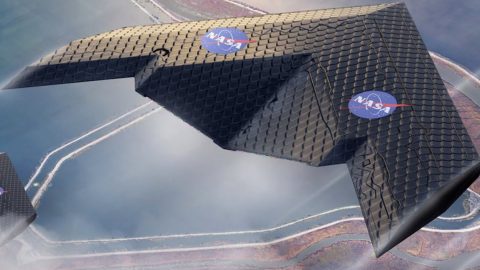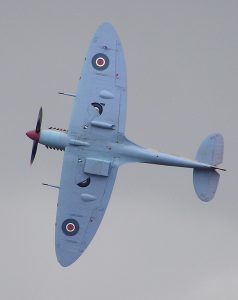
Information Central / YouTube

“…a condor will lock its joints in while it’s cruising, and then it (adjusts) its wing to a more optimal shape for its cruising, and then when it wants to do a more aggressive maneuver it’ll unlock its shoulder. That’s a similar response to what we’re doing here.”-Mick Cramer, NASA Research Engineer
MADCAT Shape-Shifting Airplane Wing Unveiled by NASA and MIT https://t.co/d0Rq30gqMN
— Flyin18T (@Flyin18T) April 4, 2019
Flight conditions sometimes change while you’re up in the air. The solution? MADCAT! @NASAAmes is creating MADCAT plane wings that can adapt for any flight. Sensors take in real-time data, & algorithms rearrange blocks into the optimal shape. Take a dive: https://t.co/AgWcSmO2Q1 pic.twitter.com/Ge3FjTtiJx
— NASA (@NASA) April 3, 2019
“The more modular you can make a system in terms of the manufacturing, the more likely it is you can get to the point you can swap out parts so efficiently that you can keep the aircraft in service, even through to the point where you’ve replaced every component on the aircraft. This is something that has been done with boats.” – Kenneth Cheung, NASA research scientist